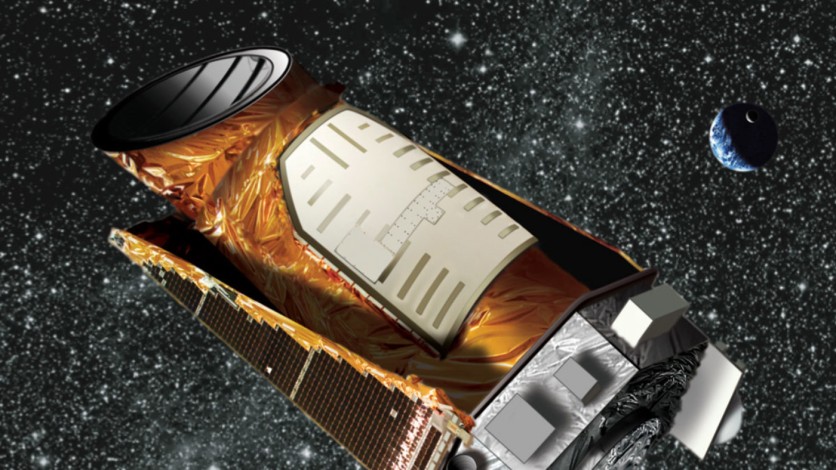The NASA Kepler spacecraft may have just found the second-ever exomoon, which is something relatively new in current astronomy circles.

The moon, which is orbiting an exoplanet called Kepler 1708b, is located around 5,500 light-years away from Earth. CNET reports that the moon was spotted by Kepler a few years after astronomer David Kipping found an exomoon "candidate".
Kipping's find was a moon the size of the planet Neptune orbiting the exoplanet Kepler 1625b. However, that moon remains unconfirmed and without a formal classification. So Kepler's recent find could technically be the first-ever one to be officially classified.
Findings referring to the exomoon candidate were published in the journal Nature Astronomy. Forbes reports that the moon, which is orbiting a gas giant the size of Jupiter, is almost three times bigger than the Earth.
This is considered an incredible find, since alien moons are considered in astronomy as of massive importance in understanding the formation and evolution of solar systems beyond our own.
Finding the exomoon, however, was never a walk in the park for astronomers. Exoplanets are hard enough to find, but there was literally not a lot of formal research into exomoons before 2007, according to astrophysicist Marialis Rosario-Franco, who spoke to Space.com.
With the lack of studies looking into exomoons, astronomers literally had no idea how to look for them. That's because directly observing such moons is almost impossible in the context of looking for an exoplanet-which could be found by examining dips in the brightness of its parent star.
Either way, this new find is expected to open up a new field of study that will help scientists learn more about how the universe works, especially with the James Webb space telescope now fully operational.

How Did The NASA Kepler Spacecraft Find It?
It was actually a bit of a weird find, considering that Kepler is now retired.
NASA shut the telescope down on October 30, 2018, after running out of fuel. But before it was decommissioned, the spacecraft was able to discover over 2,600 exoplanets and observed over 530,000 stars.

The astronomers who found the exomoon candidate looked closely at the data that Kepler gathered before it died. Since the spacecraft's specialization was observing stars, they dove deeper into that-looking at a total of 70 data sets.
When they ran several models against the data sets to see if any Kepler-observed stars might have planets that exhibit traits of having a moon, only three stars matched the data.
Looking Ahead
The Kepler spacecraft may already be out of commission, but astronomers have the James Webb telescope to help them observe other potential exomoons.
One of the main reasons why finding alien moons is almost impossible is due to technological limitations. Webb's hardware is now far more advanced than whatever was previously used to observe these heavenly bodies.
Related Article : NASA James Webb Space Telescope First Image Will Have to Wait For Months-No Cameras Yet?
This article is owned by Tech Times
Written by RJ Pierce
ⓒ 2025 TECHTIMES.com All rights reserved. Do not reproduce without permission.




